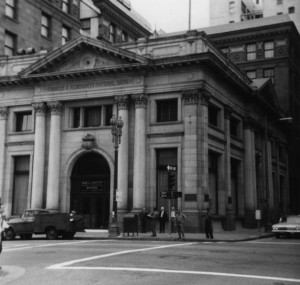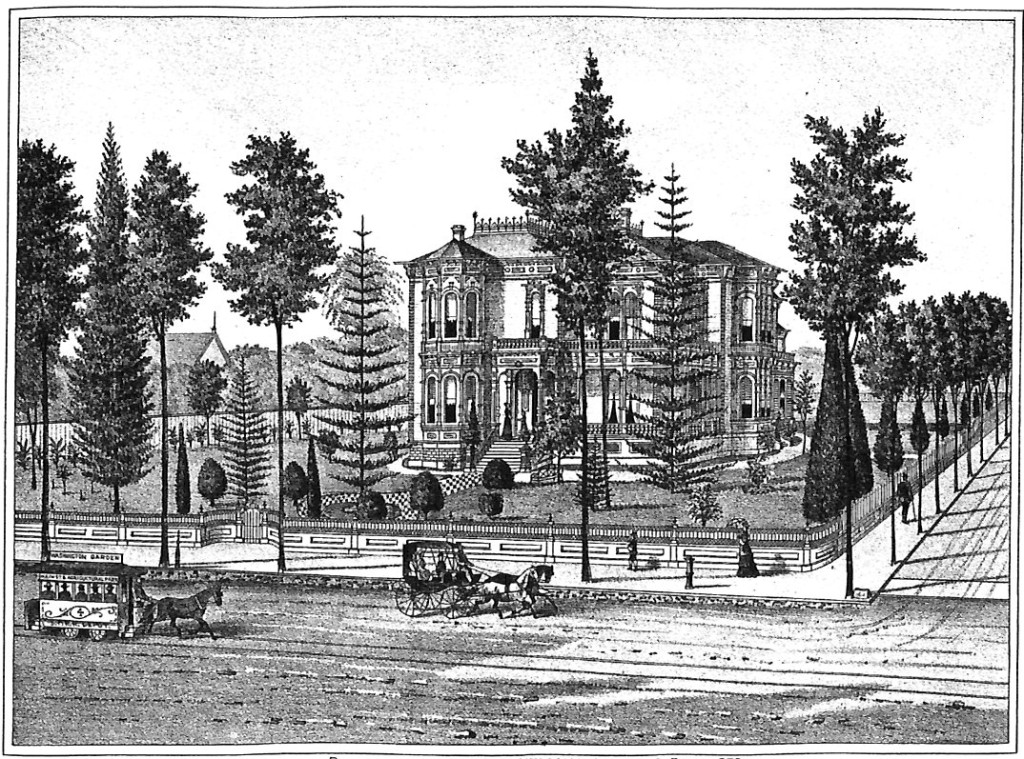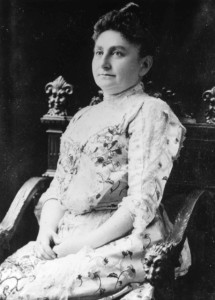Isaias Wolf Hellman
Values Codes I – H – E – L – P
Isaias W. Hellman was born in Reckendorf, Bavaria, in 1842.
He and his younger brother, Herman, left Europe for New York City by steamer. From there, they took another steamer to the Isthmus of Panama.
They crossed Isthmus by foot, donkey, and flat boat to the Pacific, where they waited for another steamer to take them up to San Francisco.
Finally, one last steamer took them south to Los Angeles in 1859.
Isaias Hellman became a United States citizen in 1867.
Los Angeles
Isaias first worked in his cousin’s store, and in 1865 opened his own dry goods store.
Like Solomon Lazard before him, Isaias Hellman had the problem of customers trusting him so much that they would leave their excess gold and silver with him for safekeeping.
He eventually had a large safe shipped from the East to hold all this precious metal.
He finally set off a part of his store as an unofficial bank, complete with printed deposit slips, etc., becoming a Los Angeles “unofficial banker.”
In 1868, Hellman was part of Los Angeles’ first official bank, Hellman, Temple and Co.
Dissatisfied with his partner’s liberal handling and lending of money, Hellman dropped out and formed his own bank, the Farmers and Merchants Bank, which became Los Angeles’ first successful bank.Isaias W. Hellman was a more conservative banker, keeping a strong reserve and lending money only to people whom he thought knew their business and had the skills to succeed.
Hellman lent the money that allowed Harrison G. Otis to purchase the Los Angeles Times and Edward Doheny to drill successfully for oil around Southern and Central California.
Hellman also financed Henry Huntington, which led to many of Los Angeles’ inner-city rail and trolley lines.
He partnered with Huntington on the Pacific Electric Railway and the Los Angeles Railway during the turn of last century.
Isaias Hellman’s influence helped bring the Southern Pacific Railroad to Los Angeles in 1876, putting Los Angeles into the mainstream of California commerce, and initiating the rapid expansion of Los Angeles from a small city to the major metropolis it is today.
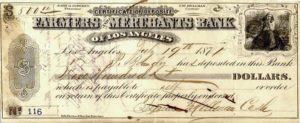
Deposit slip from Farmer & Merchants Bank, Los Angeles, 1871
Isaias Hellman was also a major landowner in Southern California. His holdings included numerous city lots and vast swaths of former rancho land.
In 1871, Hellman and a syndicate bought Rancho Cucamonga and later Rancho Los Alamitos – both in their entirety.
Along with William Workman, Hellman owned much of Boyle Heights and the Repetto Ranch with Harris Newmark (today’s Montebello).
In 1879, Isaias Hellman, along with other civic minded citizens, gave the land for the founding of the University of Southern California.
Civic & Community Involvement
Hellman was President of Congregation B’nai B’rith (Wilshire Boulevard Temple) in 1872, when the congregation built the city’s first synagogue on Fort Street.
Hellman brought Rabbi Schreiber to Los Angeles from Denver to be the second rabbi of Congregation B’nai B’rith in 1885.
In 1881, Isaias Hellman was appointed Regent of the University of California, a position he held until 1918.
Family
Isaias W. Hellman married Esther Newgass of New York on April 14, 1870.
This brought Isaias into the Lehman family of New York bankers.
The couple had three children: Isaias William Hellman, Jr., Clara, and Florence.
In 1890, Hellman moved to San Francisco to take over the Nevada Bank.
Click here for Part #2 of the story: Isaias Hellman in San Francisco
Sources
- Norton B. Stern, “Herman W. Hellman,” Western States Jewish History 41/3.
- Norton B. Stern, “Isaiah M. Hellman Family,” Western States Jewish History 41/3.
- William M. Kramer, “Early Hellman Family Pioneer, 1831-1890,” Western States Jewish History 42/2&3.
- “Mansion of I. W. Hellman of Los Angeles: An Architectural Story,” Western States Jewish Historical Quarterly 11/4.
- Joseph D. Lynch, “Isaias W. Hellman: Banker of the Southland in 1885,” Western States Jewish Historical Quarterly 9/3; Western States Jewish History 38/3&4.
- Norton B. Stern, “Isaiah M. and Samuel and Families,” Western States Jewish History 41/3.
- “Diary of Isaias W. Hellman, 1911, Part 1,” Western States Jewish History 22/1.
- “Diary of Isaias W. Hellman, 1911, Part 2,” Western States Jewish History 22/2.
- “Diary of Isaias W. Hellman, 1915, Part 1,” Western States Jewish History 23/1.
- “Diary of Isaias W. Hellman, 1915, Part 2,” Western States Jewish History 23/2.
- “Isaias W. Hellman: Picture Story #9,” Western States Jewish Historical Quarterly 5/3.
- Norton B. Stern, “Isaias W. Hellman: Pioneer Merchant and Banker of California, 1842-1920,” Western States Jewish History 38/3&4.
- Norton B. Stern, “Toward a Biography of Isaias W. Hellman: Pioneer Builder of California,” Western States Historical Quarterly 2/1.
- Norton B. Stern, “Isaias Wolf Hellman,” Western States Jewish History 41/1.
- Frances Dinkelspiel,Towers of Gold: How One Jewish Immigrant Named Isaias Hellman Created California (New York: St. Martins Press, 2008).
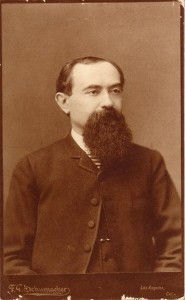
![WS0852-6-N-Hellman-Farmers & Merchants Bank-Los Angeles,CA [1883]](http://www.jmaw.org/wp-content/uploads/2012/08/WS0852-6-N-Hellman-Farmers-Merchants-Bank-Los-AngelesCA-1883-300x230.jpg)
